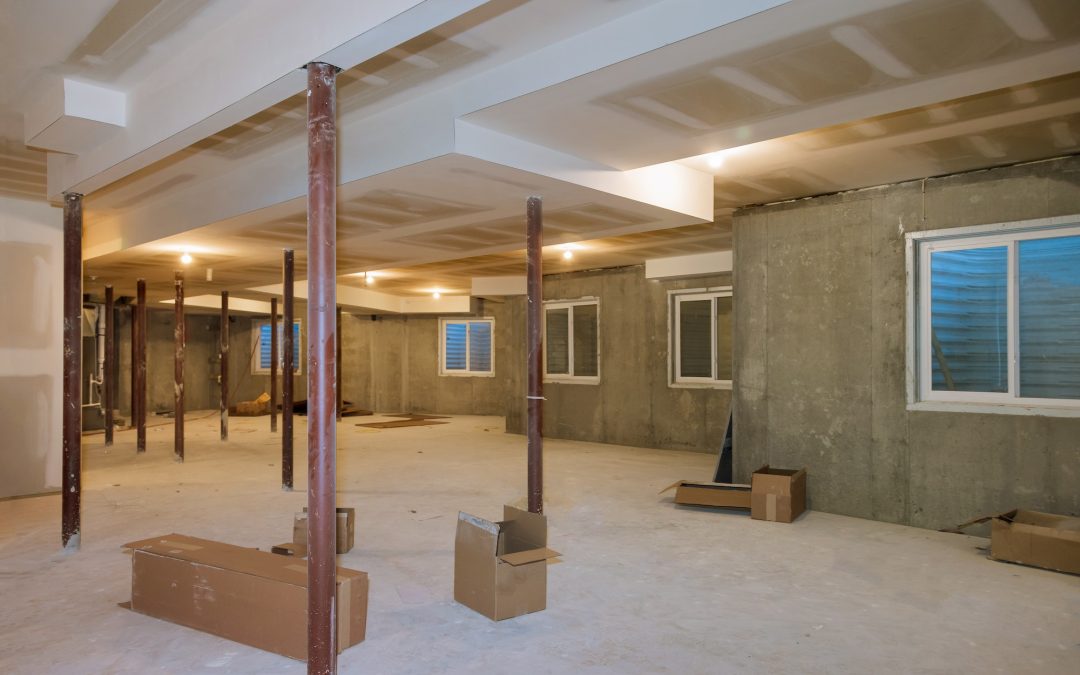Basement waterproofing is an important consideration for any finished basement. Whether you’re using the space for storage, a playroom for your kids, or a home theater, waterproofing can help protect your investment and ensure your basement is a safe, comfortable space. But with so many different basement waterproofing products and methods available, it can be difficult to know where to start. In this article, we’ll look at some of the essential considerations for basement waterproofing in finished basements.
Understand the Sources of Water
Before you can begin waterproofing your basement, it’s important to understand the sources of water that could be entering your basement. The most common sources of water are:
- Ground water from the surrounding soil
- Rainwater from outside your home
- Humidity from inside your home
Ground water is the most common source of water in most basements, so it’s important to identify and address the source of the water. If you’re unsure, it’s best to consult with a professional waterproofing contractor to identify the source and find the best solution.
Choose the Right Waterproofing Method
Once you’ve identified the source of the water, the next step is to choose the right waterproofing method. There are several waterproofing methods available, including:
- Interior waterproofing
- Exterior waterproofing
- Dehumidification systems
- Sump pumps
Each of these methods has its own advantages and disadvantages, so it’s important to do your research and choose the right method for your situation. Consider factors like the severity of the water problem, the cost of the system, and the ease of maintenance.
Hire a Professional Contractor
Once you’ve chosen the right waterproofing method, it’s important to hire a professional contractor to ensure the job is done correctly. Professional basement waterproofing contractors have the experience and knowledge to get the job done right the first time. They can also recommend the best materials and methods for your situation, so you can be sure your basement is properly waterproofed.
Prepare for the Installation
Before you begin the installation, it’s important to prepare your basement for the work. This includes:
- Removing any furniture and other items from the basement
- Covering floors and walls with plastic sheeting
- Removing any insulation or other materials that could be damaged
- Removing any existing waterproofing materials
Preparing the basement for the installation will help ensure the job is done correctly and the basement is properly waterproofed.
Maintain the System
Once the waterproofing system has been installed, it’s important to maintain it properly. This includes regularly inspecting and testing the system, checking for signs of leaks, and making any necessary repairs. Regular maintenance will help ensure your basement is properly waterproofed and will help extend the life of the system.
Basement waterproofing is an important consideration for any finished basement. With the right waterproofing system and proper maintenance, you can help protect your investment and ensure your basement is a safe, comfortable space. For more information on basement waterproofing, be sure to contact a professional waterproofing contractor today.

